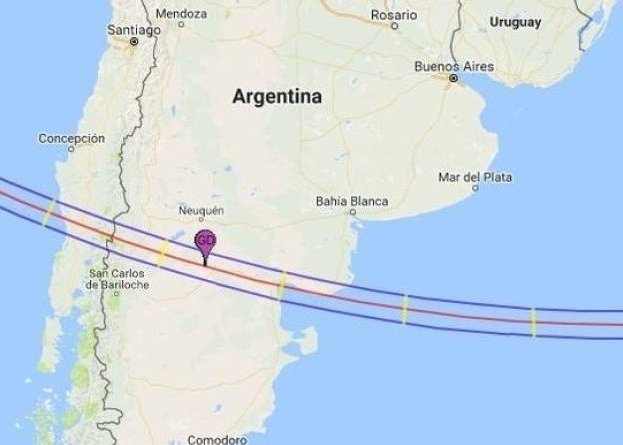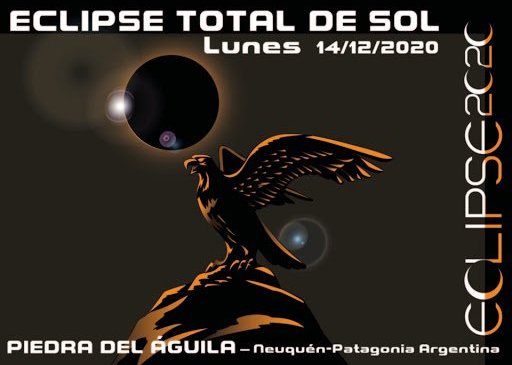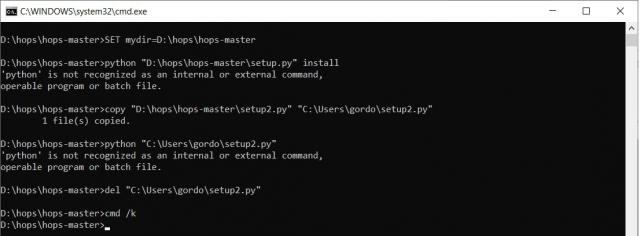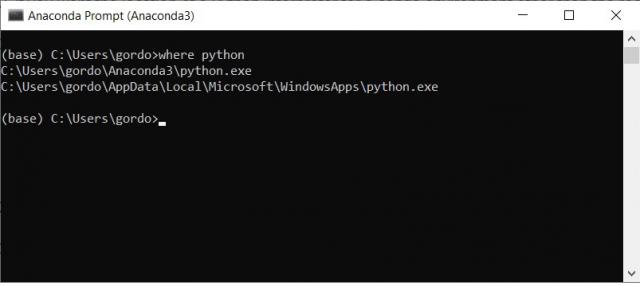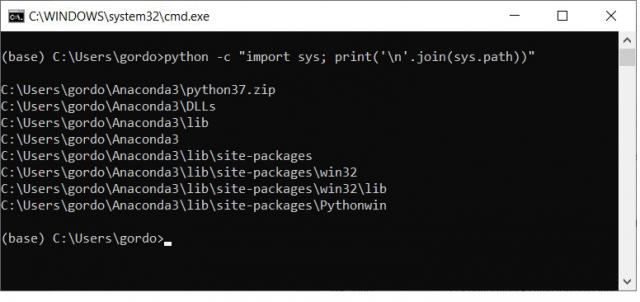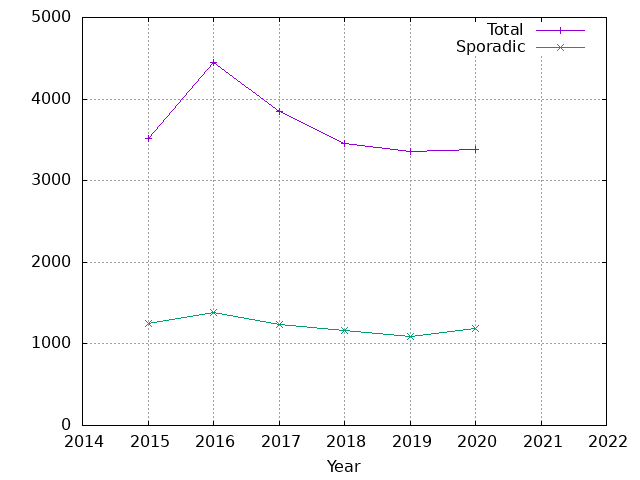-
Search Results
-
Topic: West Yorkshire
Hello all,
I have just joined the BAA and I am also a novice to astronomy. I bought a dobsonian skywatcher last year and have plenty to learn! Are there any observing sessions run by the BAA in the Yorkshire area at all?
Thanks
Simon
David Sellers has just published a comprehensive biography of Charles Thomas Whitmell (1849-1919) a school inspector and amateur astronomer from Leeds.
Whitmell was elected to the BAA on 1895 November 27 and the RAS on 1898 December 9. He went on the eclipse expedition to Navalmoral, Spain, in 1900 where he met Lucy Foster. They subsequently married in 1903. Lucy shared Charles’ passion for astronomy and she joined the BAA in her own right on 1902 February 26.
The usual price is £27:00, but David has kindly offered a discounted price of £18:00 to BAA members. To get a copy please apply by email to Magavelda Press: magavelda@ntlworld.com
Further information about the book can be found at http://www.magavelda.co.uk/books/9780954101312.htm
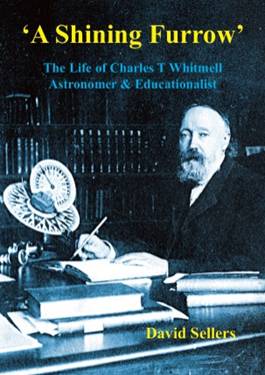
Test-Bed Telescopes and Flyeye – monitoring the skies for Near Earth Objects
ESA – New ESA telescope in South America to search for asteroids
New telescope at ESO’s La Silla joins effort to protect Earth from risky asteroids | ESO
Alex.
Topic: Artificial Satellite Section
A long while ago, when I first joined the BAA in the early 70’s, there was an Artificial Satellite Section.
From what I recall, they made observations, recorded timings, did calculations and refined the orbits of satellites.
At some point, the Section folded – perhaps as the excitement and novelty cooled in the post-Apollo era and the photographic surveys took over.
My question would be: when was that?
More generally, I wonder how many other BAA members occasionally set aside some time in their observing sessions to try to image a probe out at a Lagrange point, glimpse a bit of space history like Vanguard 1 (launched 1958) or follow a Tesla hurled into interplanetary space. Does anyone else do this sort of thing or is it just those who remember, first hand, the excitement of men stepping on to the moon and the first images of the craters on Mars.
Topic: (7102) Neilbone
I was browsing predictions further north and i see the asteroid named for the late Neil Bone is occulting a v12.6 star on night Feb 26/27 at 0124h 30s UT. (7102) was the subject of “Project Neil Bone” a low phase angle study in 2010. https://britastro.org/sites/default/files/Bone.pdf
http://ukoccultations.info/UKOCL/20210227_043864_summary.html
Some locations close to the mid-path are: Kilmarnock, Keilder Observatory, Morpeth. The path width is about 30km and the star is UCAC4 532-043864. RA/Dec (2000) 07:57:51 +16:19:09, R-mag 12.1. Maximum duration is given as about 2 seconds.
Observers in the vicinity might care to look for the star disappearing briefly as the dim asteroid passes across. Those further a field between the red lines also have a chance. The uncertainty is in the orbital elements of the asteroid.
Clear skies….
Tim
(ARPS – Occs)
Map credit – Occultwatcher software and Google maps, prediction by J.Talbot using Occult4.I am posting this information, provided by Tonny Vanmunster, about a free webinar tomorrow on using the Peranso 3 software. Tonny has developed this software for period analysis of variable star and other light curves. I have used Peranso for many years and have recently upgraded to Peranso 3, which was released over the Christmas hols. It’s a super piece of software!Note the webinar starts at 16.00 UT+++++++++++++++++++++++++++++++++++++++++++++++++++++++++++++++++++++++++++++++++++++++++++++++++++Dear colleagues,The below might be of interest to some of you. Gabriel Neagu (AAVSO ambassador) is hosting a webinar tomorrow to showcase the new Peranso 3 software. I will join him during this session. We will demonstrate the power of Peranso using several real-life light curves, including some of the data mining work that Gabriel and colleagues are doing using Peranso.In you are interested to join this free webinar, you can connect through Zoom:Meeting ID = 912 8822 1402
Passcode = 351389
The invitation has also been posted on some Facebook groups (Cataclysmic Variables, Variable Star Astronomy, etc), where you can find more information.Best regardsTonny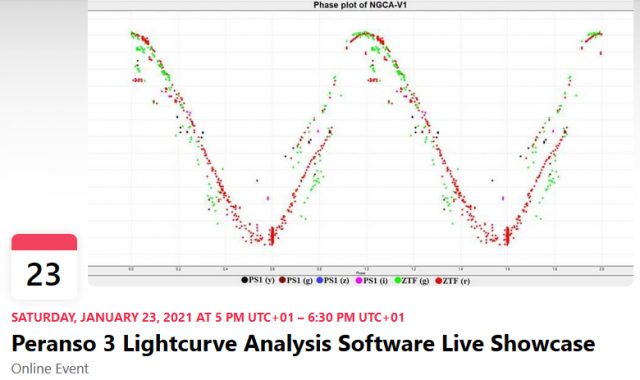

A new initiative to include amateurs in the professional organization is being launched at the 237th Meeting, 10-13 January 2021. In 2016, Amateur status was added to the membership categories. Now, the AAS is extending its initiatives for inclusion by actively seeking engagement at the conferences. Ahead of that, an ad hoc committee of correspondence was launched by several AAS members. We held our first meeting online on 16 December.
Speaking to the group, AAS publicist Rick Fienberg underscored the fact that when the AAS was founded in 1899 a significant fraction were amateurs. However, the birth of astro-physics with spectroscopy meant that by the early 20th century the communities already were diverging. Amateurs fell away. Then, by the 1990s, amateurs were equipped with CCD cameras, spectrographs, and now are doing good science in collaboration with professionals. It made sense for the AAS to open its arms to the amateurs in 2016. Now we have 300 Amateur Affiliates. Also, the AAS recently purchased Sky & Telescope magazine. That being as it may the AAS opened the membership to amateurs ahead of a defined rationale. So, in the summer of 2019, the Board of Directors created a task force to develop a coherent set of programs and benefits.
An 8 August 2018 press release said: As long as amateurs do not depend on the field of astronomy as a primary source of income or support, they are now welcome to join the AAS as Amateur Affiliates.
Applicants are required to be a member of an affiliated organization, such as an astronomy club that belongs to the Astronomical League; the Association of Lunar and Planetary Observers (ALPO); the Astronomical Society of the Pacific (ASP); the American Association of Variable Star Observers (AAVSO); the Society for Astronomical Sciences (SAS); the International Meteor Organization (IMO); the International Occultation Timing Association (IOTA); the Society of Amateur Radio Astronomers (SARA); or the Citizen Science Association, to name a few.
Dues for Amateur Affiliates will be $52 for 2019. Inaugural benefits include reduced registration fees to AAS meetings, access to the AAS family of journals, and the annual AAS Wall Calendar. Additional programs and opportunities are expected for this group once a critical mass is established for survey and feedback purposes.
The Session Notes from the Convention Schedule – Jan 14 2021 6:50PM – Amateur Astronomers Meet & Greet
“Recognizing the increasingly important role of backyard stargazers in astronomical research, science advocacy, and public outreach, the AAS recently created a new membership class: Amateur Affiliate. Subsequently the Society became the owner/publisher of Sky & Telescope after the magazine’s former owner went out of business. As 2021 begins, the AAS has about 300 Amateur Affiliate members. Many of them, as well as many S&T readers and other amateur astronomers who haven’t yet joined the Society, have registered to attend AAS 237. If you’re among them, please join us for this virtual get-together. (Others interested in meeting an engaged group of astronomy enthusiasts are welcome too!) In addition to getting to know each other, we’ll hear from Rick Fienberg, AAS Press Officer and former S&T Editor in Chief, about how the AAS plans to bring professional and amateur astronomers closer together for our mutual benefit. You’ll also have an opportunity to offer your own ideas about how the AAS can be more supportive and encouraging to amateur astronomers.”
Several BAA members (including Nick James, Brian McGee & Mike Frost) have made it to Argentina despite everything (it’s been a pretty weird year…) and are set up now on their site in Patagonia! Join them by livestream this afternoon (2nd contact is at 16:13 UT) — see links below
Watch the Solar Eclipse Live with Eurotur!This year, Argentina will be the stage of a rare and unique event: a Total Solar Eclipse!
Eurotur is on site at Fortin Nogueira (Piedra del Águila, Neuquen) operating a closed bubble group of over 40 passengers, specially authorized for this astronomy event!
We are very happy to welcome this group of over 40 international astronomy enthusiasts, and our first overseas passengers since the sanitary crisis started.
You can be part of the backstage through our social media accounts, and we invite you to watch the Total Solar Eclipse that will happen on Monday 14th December at 11:30 Argentina Time (14:30 UTC/ 9:30 a.m. EST/ 6:30 PST).
Live Streams:
NASA: https://www.nasa.gov/multimedia/nasatv/index.html#public
Canal 10 (Spanish): https://diario10.com.ar/en-vivo/#fvp_6,4s
